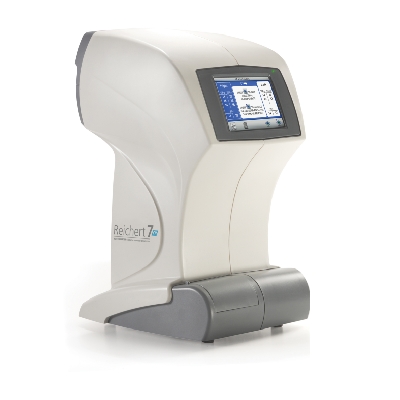My new tonometer is here finally!!!
 A lot of new people are joining our group for home eye pressure monitoring (self-tonometry). Please allow me to welcome all the new users and share a few thoughts about what to do when your new tonometer arrives.
A lot of new people are joining our group for home eye pressure monitoring (self-tonometry). Please allow me to welcome all the new users and share a few thoughts about what to do when your new tonometer arrives.
It is always best to leave the job of making judgments about your eye pressure -- in the context of your health care -- to your doctor. This is not just a disclaimer!
Part of the skill of managing your eye pressure effectively is to not think about it the way a doctor would. If you think there is a medical emergency, by all means call your doctor. But in general the best thing you can do is measure as often as possible and do everything you can to avoid playing doctor.
Do not diagnose your own intraocular pressure. Don't think about what it may mean in terms of glaucoma. This is a powerful skill, not a cop out. This is a powerful skill because we have strong evidence that one's state of mind affects one's eye pressure. You will begin to see evidence of this when you start monitoring your eye pressure.
Filed Under (tags):
- Read more about My new tonometer is here finally!!!
- dave's blog
- Log in or register to post comments

